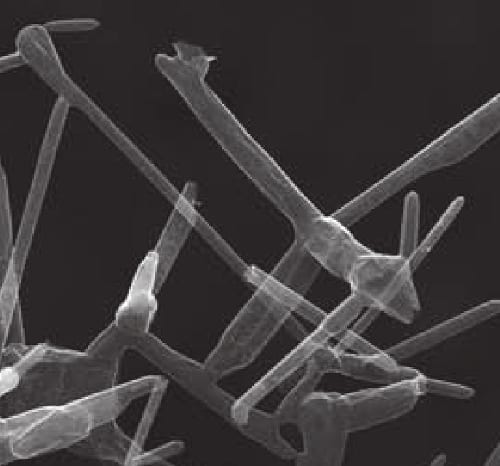Researchers in Germany are reporting that they have created the lightest solid ever fabricated. Aerographite, as they have named their carbon-based material, beats the previous recorder holder, the nickel microlattices fabricated by a Californian group at the end of last year.
Weighing in at less than 200 micrograms per cubic centimeter, Aerographite is around four times lighter than the microlattices, but maintains the strength to bear strong deformation forces thanks to its structure – a lattice of microtubes with nanometer-thick walls. This structural strength is important, because applications for ultralight materials – mainly as electrodes in battery systems or supercapacitors – demand a degree of toughness along with low weight. The researchers also succeeding in creating a range of shapes and structures, further increasing the material’s flexibility and potential uses.
An ingenious new fabrication techique, with its foundation in a new way of making zinc oxide template networks, was the key to created this record-breaking material. These templates were then used in a single-step CVD synthesis process to build the basic structures, with more complex shapes possible through changes in the CVD process parameters. This new method, and the materials produced using it, could have major implications for the use of carbon materials, particularly in the field of energy storage and transmission – their usage in electrodes, for example, could overcome the cycling stability and degeneration problems that have been plaguing battery research.
Also, the University of Kiel will be running a press event on Tuesday the 17th of July at 11am to present their new material. The address is below; journalists should call 0431/880-2104 or email [email protected] before Monday to register. AM


















